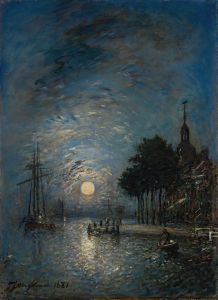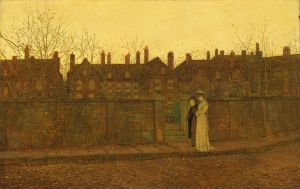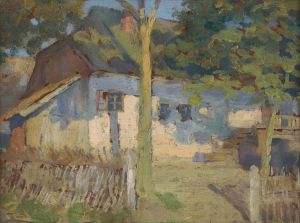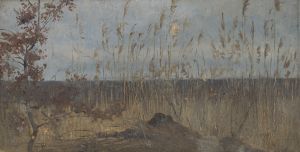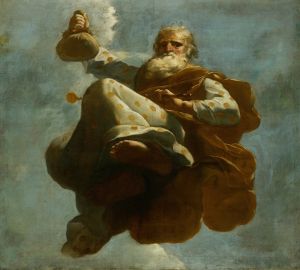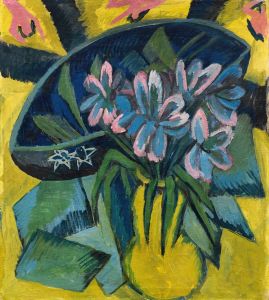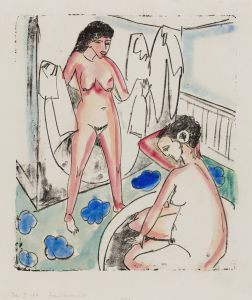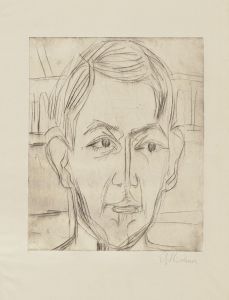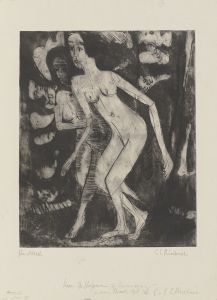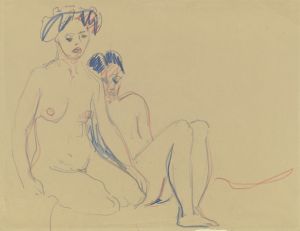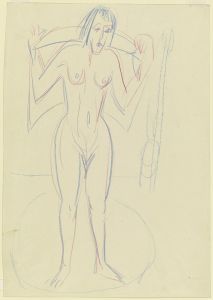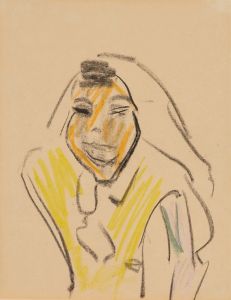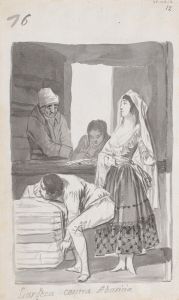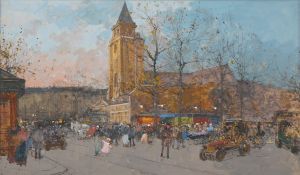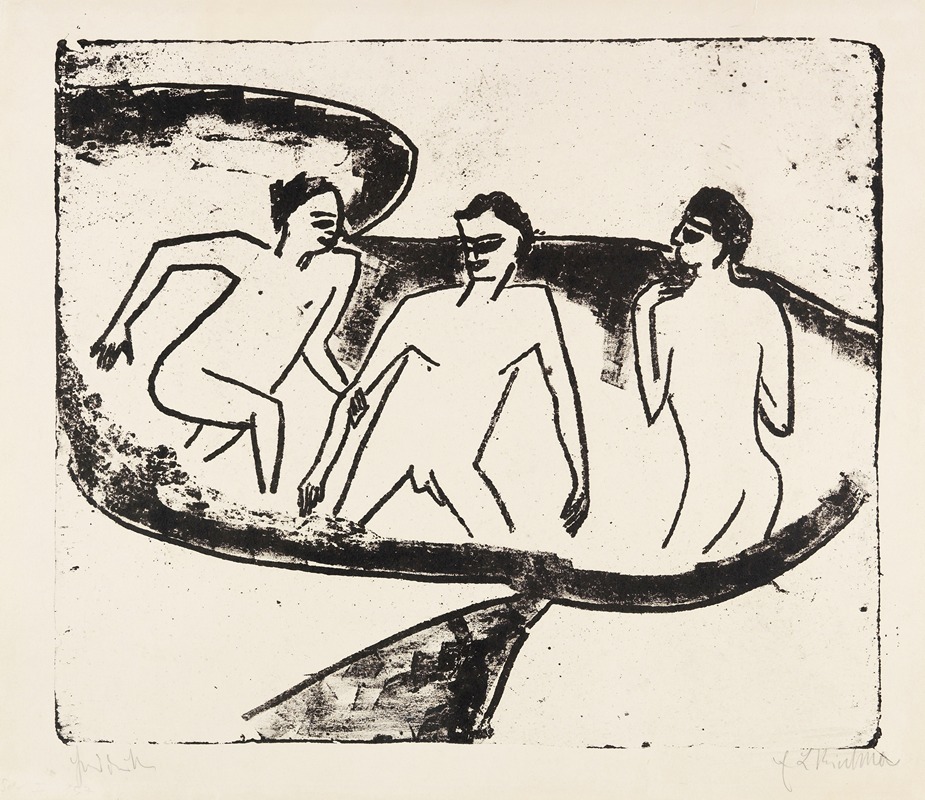
Drei Akte im Wasser, Moritzburg
A hand-painted replica of Ernst Ludwig Kirchner’s masterpiece Drei Akte im Wasser, Moritzburg, meticulously crafted by professional artists to capture the true essence of the original. Each piece is created with museum-quality canvas and rare mineral pigments, carefully painted by experienced artists with delicate brushstrokes and rich, layered colors to perfectly recreate the texture of the original artwork. Unlike machine-printed reproductions, this hand-painted version brings the painting to life, infused with the artist’s emotions and skill in every stroke. Whether for personal collection or home decoration, it instantly elevates the artistic atmosphere of any space.
Ernst Ludwig Kirchner was a prominent German expressionist painter and one of the founding members of the artist group Die Brücke (The Bridge), which played a pivotal role in the development of modern art in the early 20th century. Kirchner's work is characterized by its bold use of color, dynamic compositions, and a focus on the human figure, often set against vibrant and sometimes unsettling backgrounds.
"Drei Akte im Wasser, Moritzburg" (Three Nudes in the Water, Moritzburg) is one of Kirchner's notable works, created during a period when he was deeply engaged with the themes of nature and the human form. This painting is part of a series of works that Kirchner produced during his visits to the Moritzburg Lakes near Dresden, where he and other members of Die Brücke would retreat during the summer months. These retreats were opportunities for the artists to escape the confines of urban life and immerse themselves in nature, which they believed was essential for artistic inspiration and personal rejuvenation.
The painting depicts three nude figures, presumably women, bathing in a natural setting. The choice of nudes is consistent with Kirchner's interest in exploring the human body in its most natural state, free from societal constraints. The figures are rendered with Kirchner's characteristic expressive style, using bold outlines and vibrant colors that convey a sense of movement and vitality. The water and surrounding landscape are depicted in a similarly dynamic manner, with swirling brushstrokes and a palette that captures the interplay of light and shadow.
Kirchner's work during this period reflects the influence of both traditional German art and the avant-garde movements that were emerging across Europe. The emphasis on the nude form and the natural setting can be seen as a response to the industrialization and urbanization of the time, as well as a desire to return to a more primal and authentic way of life. The Moritzburg series, including "Drei Akte im Wasser," is often noted for its exploration of these themes, as well as its contribution to the development of expressionism as a major artistic movement.
The painting also exemplifies Kirchner's interest in the psychological and emotional aspects of art. The figures in "Drei Akte im Wasser" are not merely representations of physical bodies; they are imbued with a sense of individuality and emotion, inviting viewers to engage with the work on a deeper level. This focus on the subjective experience is a hallmark of expressionism and is evident throughout Kirchner's oeuvre.
"Drei Akte im Wasser, Moritzburg" is housed in a private collection, and like many of Kirchner's works, it continues to be studied and appreciated for its innovative approach to form and color, as well as its reflection of the cultural and artistic currents of its time. Kirchner's legacy as a pioneer of expressionism endures, and his works remain influential in the study of modern art.





